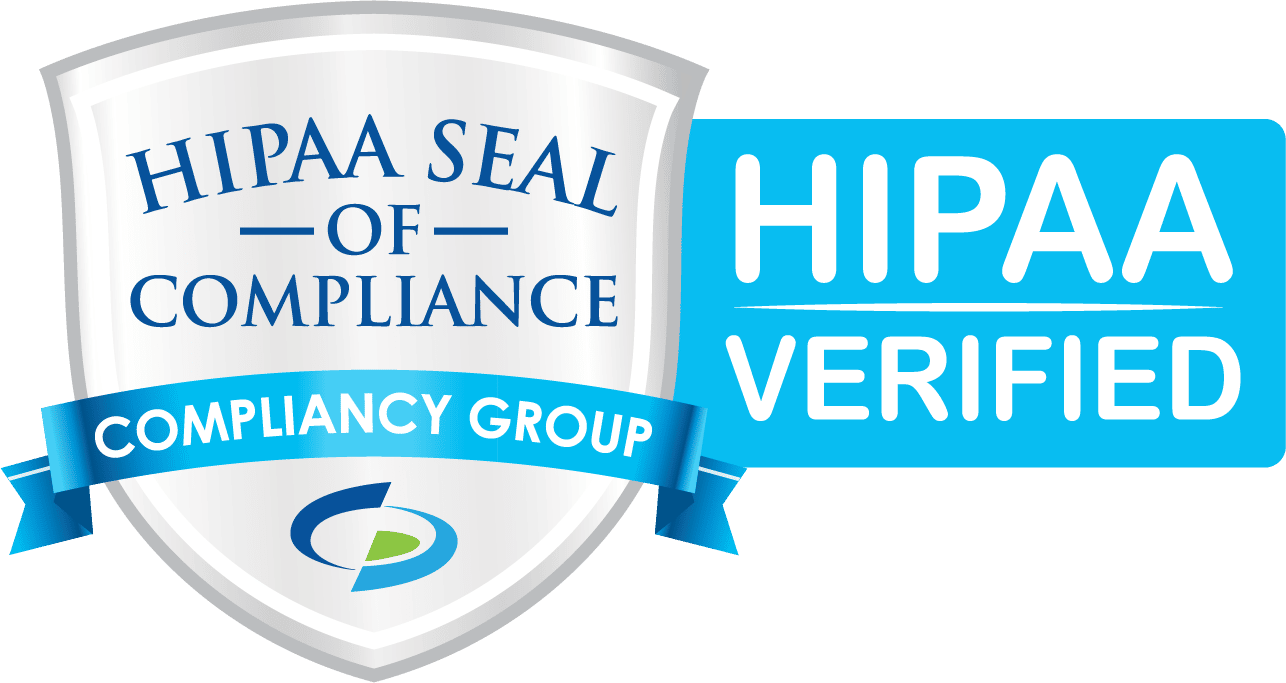In healthcare, we are constantly gathering data in all sorts of ways, from providers collecting basic stats to medical devices collecting procedural data. But what do we do with all of it?
Most healthcare stakeholders would agree that we could be making better use of all of the data that we are collecting through these various avenues, but putting it all together is not so simple. And beyond that, physicians are not looking for yet another dashboard to review and more data to interpret because that just adds more steps onto their workload. They want to get actionable insights from the data.
The idea of getting actionable insights from healthcare data is a topic we discussed on the Health Connective Show with RJ Kedziora, co-founder of Estenda Solutions. RJ’s company specializes in custom software and data analysis in healthcare, so he shared his insights on how this can be tackled.
Understanding What Healthcare Providers Need from the Data
While technical knowledge is an important component to surfacing the right data for physicians, it’s only one part of the equation. RJ stressed the importance of understanding what physicians actually need in order to be truly effective in the solutions you provide.
One way that his company approaches this is teaching the team working on the project the science behind the condition they’re treating. For example, if his team was going to work on software for diabetes care and management, they would educate the team on diabetes to better understand what the patient is facing and the challenges healthcare providers have in treating those patients.
Another key factor that RJ stresses is empathy. When we’re thinking about software and application development, the word “empathy” might not be the first thing that comes to mind. However, it is helpful for developers to put themselves in the shoes of the person who will ultimately be using what they develop. As RJ stated in the podcast, “As a software developer, you’re not developing for you. You’re developing for somebody else.” So, being able to understand and empathize with those needs will ideally guide you to make the right decisions for the end user.
The Challenges with Developing Actionable Insights
One of the biggest challenges with developing actionable insights from data is getting access to the data in the first place and determining what you have to work with.
This can be a challenge from a few different fronts. First, different data formats can make it tricky. Each hospital has its own EHR, and may be using different data formats. Some may be using the older HL7 formats. Newer FHIR protocols make it easier to share data, but RJ relayed that you still have to consider how you are encoding data within the FHIR format, and there can be a lot of variability there as well.
Another concern with data access is privacy. HIPAA is typically a concern with all involved parties, as no one wants to assume the risk of sharing data. But as RJ stated on the podcast, “HIPAA is not designed to prevent sharing your data. You should be able to share the information. You have to actually secure it. Cyber security is very important. But the idea is to share this information and make it available.” As such, security protocols should always be considered for any project where you are sharing data to mitigate risks, but it should not be a hindrance if everyone is doing their due diligence. Often, the feature gets abandoned to avoid legal and regulatory risks, but that comes at a cost to the physician, the customer, and ultimately, the patient.
Finally, another challenge is change management. In other industries, the motto in tech tends to be “move fast and break things.” However, when health data is involved, you can’t do that. You have to plan changes out more carefully, which can slow things down.
Advice on Sharing Data and Developing Insights
During the podcast episode, RJ shared some advice for developers who are trying to navigate the process of accessing healthcare data and developing insights from them.
His first piece of advice was to use generative AI. While there is some uncertainty and doubt around the use of AI, it is very powerful and can help developers accomplish a lot. There is also concern that AI will replace jobs, but as RJ relayed, “It’s not going to replace you, but people using it are going to replace you.” If AI can help to solve some of the problems you are facing, then it is worth exploring.
With data sharing and the use of AI, there are going to be risks. That doesn’t mean that you should back away from doing these things. RJ advises, “You just have to be aware of the risks and manage them.”
Beyond the tools you use to access the data and managing the risks associated with them, you can begin to consider how to generate the actual insights. RJ recommends starting by asking yourself the “whys.” Understanding why certain things are happening and why we need certain data, then understanding what is needed to make that happen. He also recommends consulting with physicians and asking them those questions, because they are the ones that see the problems in their day-to-day routines.
In healthcare, there are a lot of potential challenges and hurdles to accessing the right data and gathering meaningful insights from it. However, if developers have a good understanding of the risks and how to mitigate them, know how to ask the right questions, and consider customer needs, that will help to move the conversation forward.
Justin Bantuelle balances the responsibilities of both the Chief Operating Officer and the Web Technology Director after having worked with Health Connective for more than a dozen years. Justin regularly leads the cross-disciplinary teams in building out and updating applications for Fortune 500 companies.
Justin keeps his technical abilities sharp by contributing to an eclectic mix of open-source and personal projects on Github.
As the marketing manager, Ashley ensures that our clients’ marketing strategies are put into action. This includes content writing, SEO, online advertising, analytics, and interfacing with the tools, systems, and team members needed to help our clients accomplish their marketing goals.



